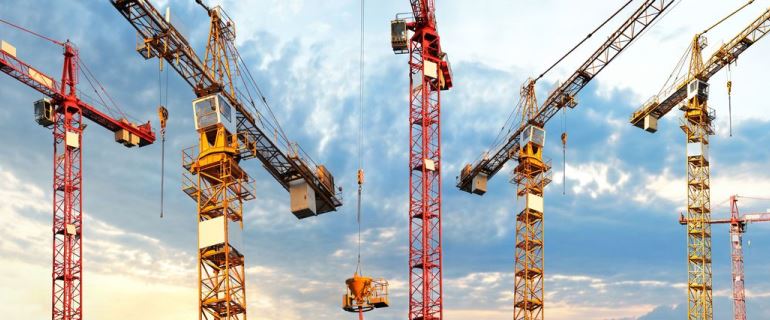The past two years were like nothing ever before seen in South Florida.
A period of record growth was fueled by inbound migration, strong consumer spending and record low interest rates — all of which drove billions of dollars invested in the development of millions of square feet of commercial real estate.
Much of this was brought on by the pandemic. Now, the pandemic has subsided and the South Florida CRE market has come to a moment of reckoning. Or has it?
The Federal Reserve has raised interest rates five times this year, including the increase of 75 basis points on Sept. 21, all in an effort to stem inflation. The Fed’s effort to keep the economy moving at the start of the pandemic led to the slashing of its target rate to 0%-to-0.25%. It remained there for the next two years, until March, when it set its first increase of 25 basis points.
The era of relatively cheap money for commercial and residential borrowers has come to an end. While the current rate of around 3% to 3.25% still is historically low, borrowing costs are at their highest level since 2019. In June, Federal Reserve Chairman Jerome Powell noted that the rate could reach 3.8% by late 2023. Simply put: These are the most aggressive rate hikes in generations.
This leaves developers and owners of office, industrial and retail projects to perform a delicate balancing and forecasting act incorporating borrowing costs versus long-term demand.
With borrowing costs rising, and fears of inflation and a possible recession looming, how will CRE across South Florida respond? It’s impossible to judge from how other markets are responding. Some have seen commercial projects tabled and vacancies rising, even if rents remain stable.
South Florida Is The Outlier In The CRE Marketplace
Development remains robust. Warehouse, logistics and industrial projects continue unabated from Homestead in the South and Palm Beach County’s Western expanse to the North, with numerous infill projects in between. Luxury rental apartments in hot markets, such as Brickell, Coral Gables, Fort Lauderdale’s Flagler Village and downtown West Palm Beach, are rising to meet the demand of the more than 800 new arrivals still coming to Florida daily.
Conflicts exist between remote workers and their employers calling for a “return to the office;” and with the hybrid workplace model continuing to evolve, future office needs remain unknown. Yet, the region has numerous dedicated and mixed-use Class A projects in development.
While the concept of “headwinds” comes up in any conversation about the unknown impacts of rising interest rates, inflation and the possibility of recession, South Florida and the state are outliers for other reasons. Whether through REITs (real estate investment trusts), private equity, hedge funds and other institutional capital seeking a solid vehicle for their funds; family offices and investors looking for a hedge against inflation; Latin American families seeking a less turbulent harbor for their money; those looking to real estate as a hedge against inflation; or developers bullish on local market prospects, Florida is rich with liquidity.
Source: SFBJ



